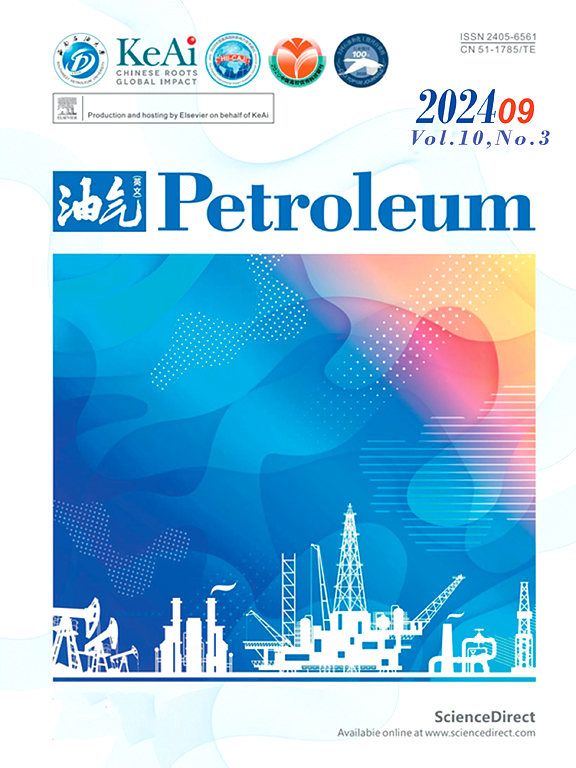An adaptive neuro-fuzzy inference system white-box model for real-time multiphase flowing bottom-hole pressure prediction in wellbores
Abstract
The majority of published empirical correlations and mechanistic models are unable to provide accurate flowing bottom-hole pressure (FBHP) predictions when real-time field well data are used. This is because the empirical correlations and the empirical closure correlations for the mechanistic models were developed with experimental datasets. In addition, most machine learning (ML) FBHP prediction models were constructed with real-time well data points and published without any visible mathematical equation. This makes it difficult for other readers to use these ML models since the datasets used in their development are not open-source. This study presents a white-box adaptive neuro-fuzzy inference system (ANFIS) model for real-time prediction of multiphase FBHP in wellbores. 1001 real well data points and 1001 normalized well data points were used in constructing twenty-eight different Takagi–Sugeno fuzzy inference systems (FIS) structures. The dataset was divided into two sets; 80% for training and 20% for testing. Statistical performance analysis showed that a FIS with a 0.3 range of influence and trained with a normalized dataset achieved the best FBHP prediction performance. The optimal ANFIS black-box model was then translated into the ANFIS white-box model with the Gaussian input and the linear output membership functions and the extracted tuned premise and consequence parameter sets. Trend analysis revealed that the novel ANFIS model correctly simulates the anticipated effect of input parameters on FBHP. In addition, graphical and statistical error analyses revealed that the novel ANFIS model performed better than published mechanistic models, empirical correlations, and machine learning models. New training datasets covering wider input parameter ranges should be added to the original training dataset to improve the model's range of applicability and accuracy.

 求助内容:
求助内容: 应助结果提醒方式:
应助结果提醒方式:


